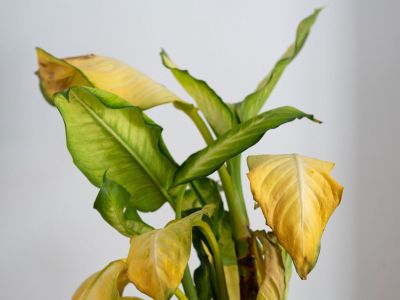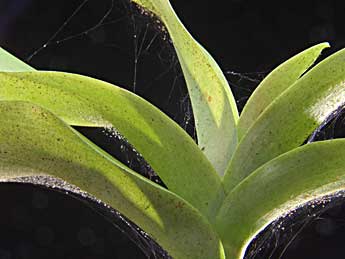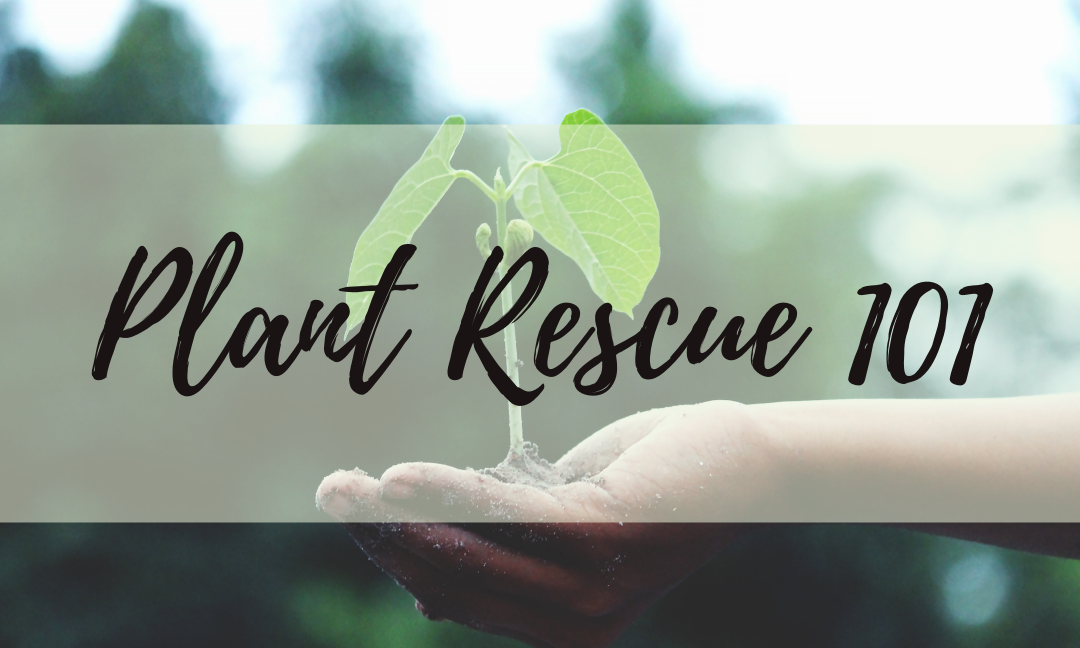Written by: Emily Couture
If you’re like me, you don’t have much of a greenthumb and tend to kill plants. Luckily, I’m here with information on how to fix common problems in houseplants!
Plants don’t do well when exposed to too many temperatures, which often happens when plants are moved around a lot. Try keeping it in one room so it will not be exposed to as many different temperatures. If needed, you can prune severely damaged leaves after a plant has sustained damage from being moved around.
Overwatering is a frequent problem in plants among us plant killers; common signs of overwatering are wilting leaves and brown spots. Luckily, it can be fixed by getting to know your plant better! By figuring out its name and doing some research, you can get to know your plant and its needs, including how much water it should receive.
Another common issue seen in plants is yellowing leaves. Yellowing leaves actually aren’t necessarily a bad thing as it is part of the natural aging process, but if an excessive amount of leaves are yellowing then something might be wrong. One common cause of yellowing leaves is too much light, so maybe try moving your plant to a spot that doesn’t get as much light!

Too many yellowing leaves on a plant
Nutrient deficiencies are another common issue in plants, to which you can identify a nutrient deficiency by a discolouration in the leaves. Try adding some nutrient-rich fertilizer to your plant to fix the problem!
Root rot is also a common problem in a lot of indoor plants, and because the problem is in the roots it can often go unnoticed. When a plant has root rot, the roots will turn brown and mushy and the leaves may wilt, turn yellow, or become mushy. If caught early enough, simply repotting the plant with new soil will suffice, but unfortunately if it isn’t caught soon enough it will be a little harder to rescue. If the root rot has spread, then you will need to propagate a new plant from the healthy leaves.

Rotting roots
Spider mites are another enemy to houseplants – they hide on the undersides of leaves and suck on the fluids in the leaves by piercing them. Symptoms in the infested plants are: discolouration, yellowing, and webbing between leaves. To treat spider mites, simply spray the leaves with water and wipe them down. If the plant is severely infested then you will need to prune off the leaves that were affected.

Spider mites stuck on the underside of this plants leaves. You can also see multiple webs hanging from them.
Hopefully this guide helps the mortality rate of your plants go down!
Sources:
https://www.marthastewart.com/1506572/common-houseplant-problems-and-what-do-about-them
https://greenfreshflorals.com/blogs/flora-fauna/14-popular-houseplants
https://www.thesill.com/blogs/care-miscellaneous/why-plant-leaves-turn-yellow
https://smartgardenguide.com/why-is-my-snake-plant-dying/
https://www.costafarms.com/get-growing/slideshow/most-popular-houseplants
https://www.joyusgarden.com/sansevierias-snake-plant-care/
https://www.apartmenttherapy.com/snake-plant-our-best-tips-for-caring-for-sansevieria-235792
Image Sources:
https://www.aos.org/orchids/orchid-pests-diseases/mites.aspx
https://pnwhandbooks.org/plantdisease/host-disease/poinsettia-euphorbia-pulcherrima-root-stem-rot
https://www.gardeningknowhow.com/plant-problems/environmental/plant-leaves-turn-yellow.htm


I am also a frequent plant killer!! My biggest issue is I over water them. If I had known the telltale signs that you noted above… then I might have been able to save some of them. Instead, I took them as a sign that the plant needed more water which would have for sure done it in! At least now I know!
Thanks for the helpful article!
Wow, this post is nice, my sister is analyzing
these kinds of things, therefore I am going to inform her.
It’s actually very complex in this full of activity life to
listen news on Television, therefore I just use web for that purpose, and take the newest news.
It’s a pity you don’t have a donate button! I’d without a doubt donate to
this brilliant blog! I suppose for now i’ll settle for book-marking and
adding your RSS feed to my Google account. I look forward
to fresh updates and will talk about this blog with my Facebook group.
Talk soon!
Hi Reyna! Thanks for the very kind comment – much appreciated! We do actually have a donate button located in the header of our site 🙂 we have also been considering adding links on each blog post to make it easier for folks who enjoy our project to support us.
An impressive share! I have just forwarded this onto a co-worker who had been conducting a little research on this.
And he actually ordered me dinner because I stumbled upon it
for him… lol. So let me reword this….
Thank YOU for the meal!! But yeah, thanx for spending the time to talk about this topic here on your internet site.
Juventus Jalkapallo Paidat
Louannegl PSG Trikot EverettBa
Wonderful, what a web site it is! This blog gives valuable data to us, keep it up.
psg trøje
MCBKieran goedkope Zweden Shirt Demetrius
I have read so many posts regarding the blogger lovers
except this post is truly a nice paragraph, keep it up.
Thank you!
Now I am going to do my breakfast, after having my breakfast coming again to read additional news.
My brother recommended I might like this website.
He was totally right. This post truly made my day. You cann’t imagine simply
how much time I had spent for this information!
Thanks!
I’m glad this could make your day!
Great post. I was checking constantly this blog and I’m impressed!
Very useful info specifically the last part 🙂 I care for such
information much. I was looking for this certain info for a very long time.
Thank you and good luck.
I’m glad this could be of use to you!
You could definitely see your skills within the article you write.
The world hopes for even more passionate writers like you
who are not afraid to say how they believe. At all times follow your
heart.
Thank you! I appreciate your kind words
Really informative post.Really thank you! Much obliged.